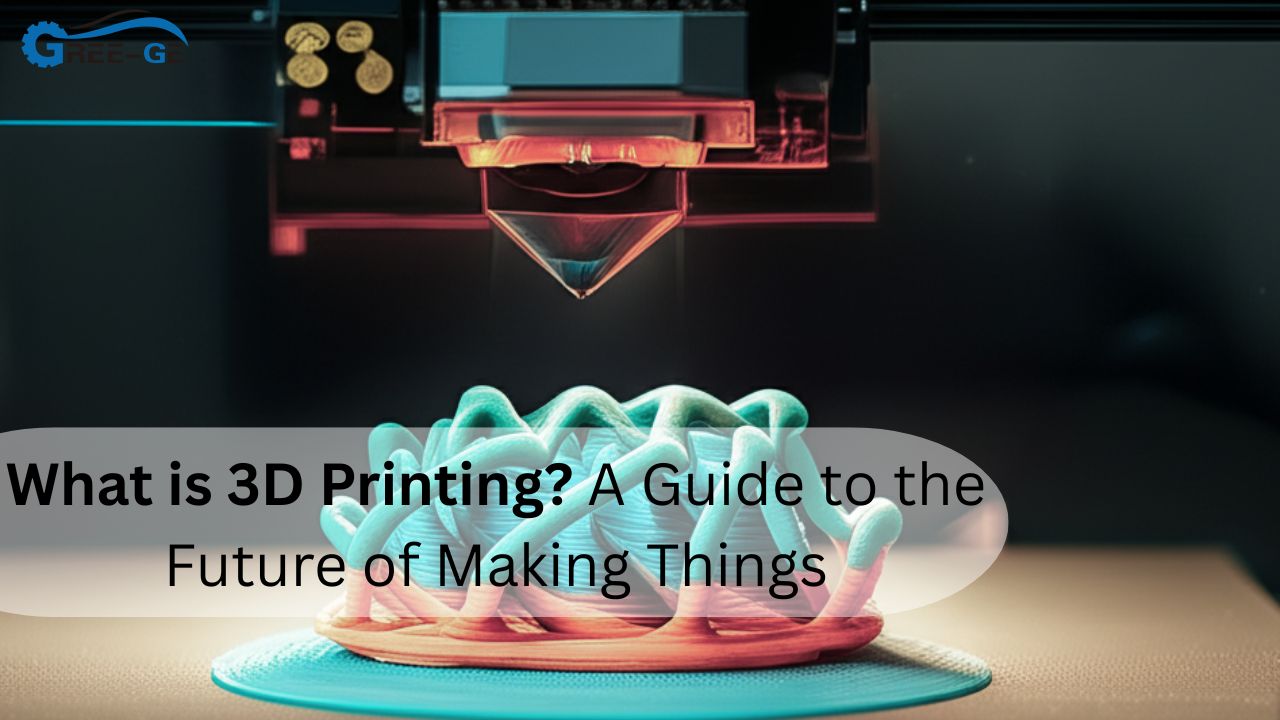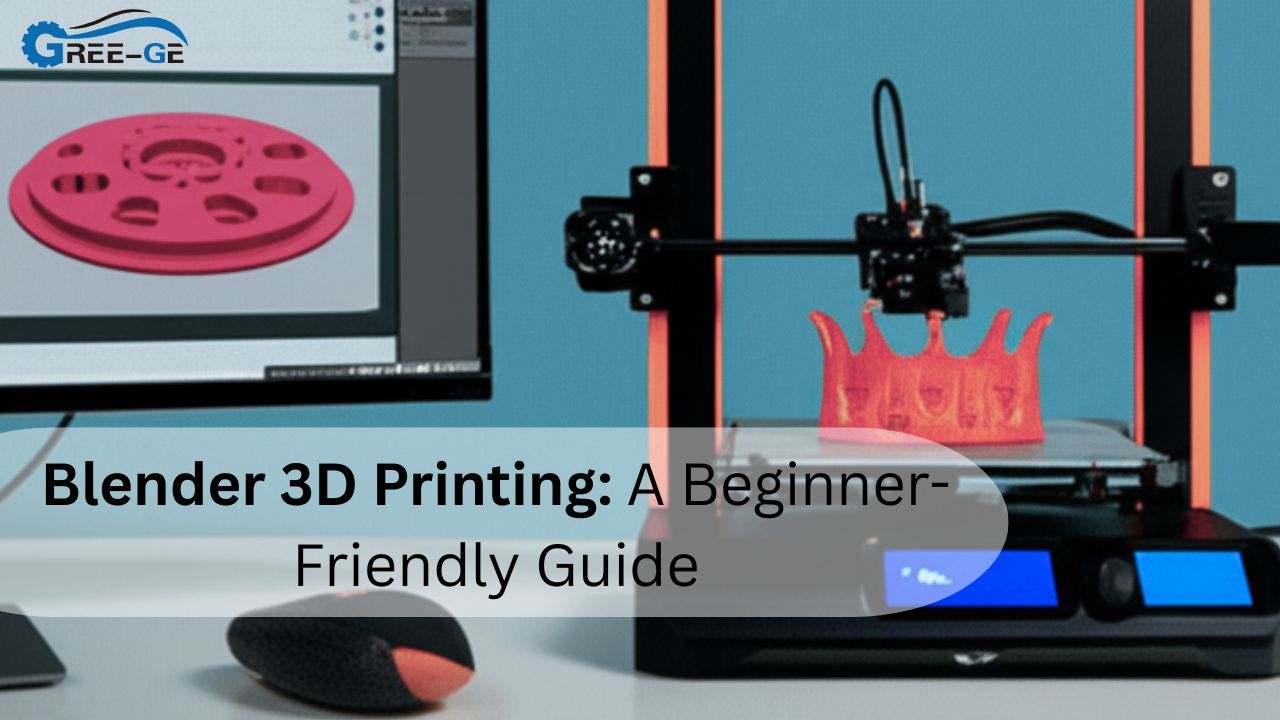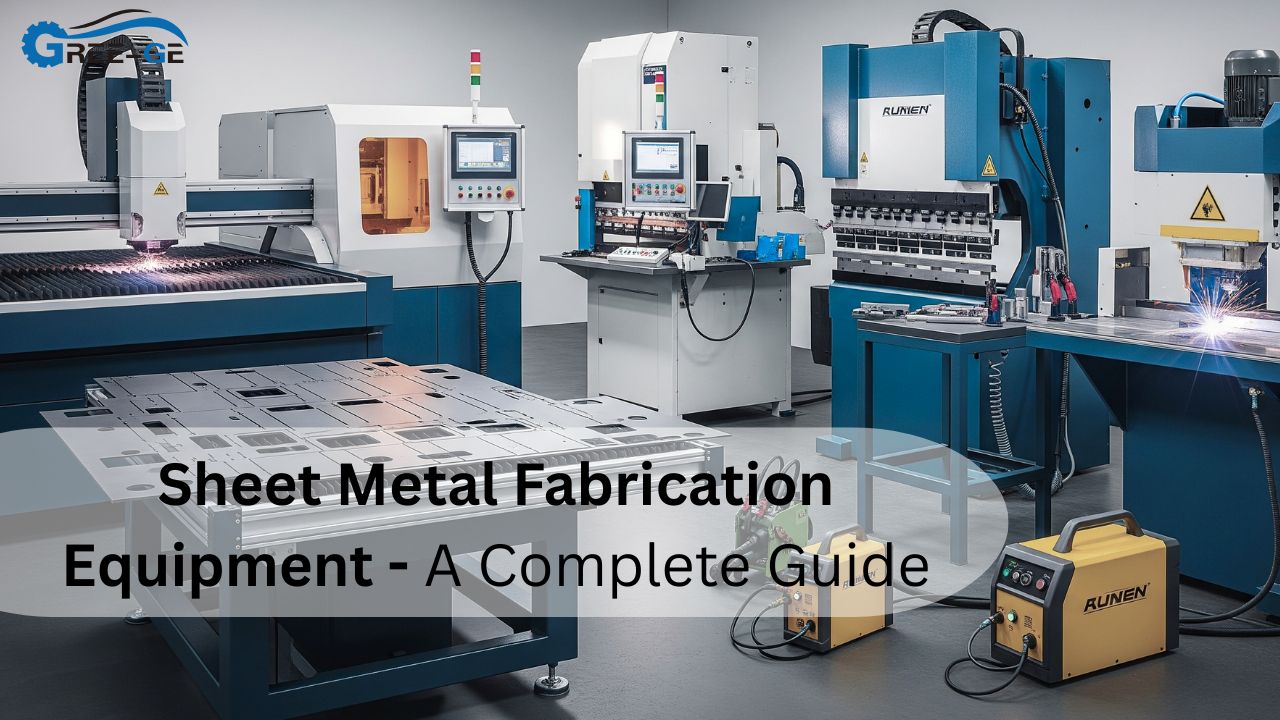3D printing can be defined as a technology of manufacturing three-dimensional objects based on digital files. It can also be referred to as additive manufacturing. It does not involve cutting of materials but creates objects in layers. One would be able to print using plastic, metal, or resin. 3D printing is currently applied in many industries in order to create quick cheap prototypes or actual goods. This blog will explain what 3D printing is, how it operates, the types available, and the fields in which it can be applied We’ll also cover tools like Blender 3D print and key ideas like tolerancing for 3D printer.
Key Elements of What is 3D Printing?
| Feature | Description |
| Definition | A process of making 3D objects by adding material layer by layer |
| File Format | Commonly STL, OBJ, or AMF |
| Materials Used | Plastic, resin, metal, nylon, ceramics |
| Software Tools | Blender, Fusion 360, TinkerCAD |
| Popular 3D Printers | Creality Ender, Prusa, Anycubic Photon |
| Main Technologies | FDM, SLA, SLS, DMLS |
| Common Uses | Prototypes, tools, art, toys, medical models, fashion |
| Ideal Industries | Healthcare, manufacturing, education, architecture |
How Does 3D Printer Work?
3D printing starts with a digital 3D model. This model is created using software such as Blender 3D printing or downloaded from online libraries. The file is then sliced into layers using slicing software. The printer reads these layers and prints them one at a time. The process is simple but powerful. It saves time and cuts down on waste.
Types of 3D Printing Technology
There are several types of 3D printing methods. The most popular is FDM (Fused Deposition Modeling). It melts plastic and prints it layer by layer. SLA (Stereolithography) uses liquid resin and light to create detailed prints. SLS (Selective Laser Sintering) uses a laser to fuse powdered materials. Each method has its pros and cons. Plastic 3D printer is great for beginners. Resin offers high detail. Metal printing is used for industrial work.
Comparison of 3D Printing Technologies
| Technology | Material | Strength | Detail | Cost | Best For |
| FDM | Thermoplastic | Medium | Medium | Low | Prototypes, toys |
| SLA | Liquid resin | Medium | High | Medium | Jewelry, dental, models |
| SLS | Nylon powder | High | High | High | Engineering, tools |
| DMLS | Metal powder | Very High | High | Very High | Aerospace, automotive parts |
Benefits of 3D Printing
One big benefit of 3D printing is speed. You can create models in hours instead of weeks. It also allows for customization. You can make one item or many without changing machines. It’s also affordable. Many schools and hobbyists use low-cost printers. Blender 3D printer allows anyone to design their own models easily. Also, waste is minimal since materials are only used where needed.
Materials Used in Plastic 3D Printing
Plastic is the most used material in 3D printing. PLA (Polylactic Acid) is easy to print and biodegradable. ABS is tougher but requires a heated bed. PETG combines strength and ease of use. Plastic 3D printing is ideal for beginners and hobbyists. It’s cheap and fast. Designers often use it for making prototypes, toys, or parts.
What is Blender 3D Printing?
Free software for 3D modeling is blender. It is frequently used in animation and design. Free software for 3d modeling for blender. It is frequently use in animation and design. You can design your own 3D model, and export them to be printed. Blender 3D printer has tools for mesh repair, scale and export in STL format. It is great for people who want to have complete control over design. Many 3D artists use Blender to turn ideas into printed models.
Tolerancing for 3D Printing
Tolerancing is about spacing and fit between parts. What is 3D Printing, it’s important because materials shrink slightly after cooling. If tolerances are too tight, parts may not fit together. For FDM, a common tolerance is 0.2–0.5 mm. SLA allows for tighter tolerances. Good tolerancing ensures that moving parts and joints work as planned. It also improves print success and avoids waste.
Applications of 3D Printer
Many industries use 3D printing. In healthcare, professionals use it to make custom implants or models for surgery. Architects use it to print building models. Engineers use it for quick prototyping. Schools use 3D printers for teaching STEM skills. Artists and creators make unique sculptures or jewelry. Even car companies now use 3D to make tools or even real parts.
The Future of 3D Printing Technology
The future of What is 3D Printing looks bright. Printers are getting faster and cheaper. More materials are becoming available. Even food and house printing are now being tested. There are also those companies that are developing eco-friendly alternatives. 3D printing can revolutionize the way we produce, transport and retail goods. In the next decade, it could become a common tool in every home.
Challenges of 3D Printing
Despite its benefits, What is 3D Printing has some limits. Speed is still slower for large items. Finishing steps like sanding and painting may be needed. Also, understanding software like Blender takes time. Tolerancing for 3D printing can also be tricky for new users. But with learning, these challenges can be overcome.
Tips for Better Prints
- Level your print bed before every print.
- Use quality filament for fewer jams.
- Adjust speed and temperature settings as needed.
- Try Blenderprinting to make your own designs.
- Learn tolerancing for 3D to make working parts.
Final Thoughts
So what is 3D printing? This is an intelligent prospect of bringing ideas into reality objects created out of digital models. It employs layer-by-layer construction utilizing such materials as plastic, resin or metal. We make everything using 3D, from the highly complex machine parts to simple home gadgets. With Blender printing you can create models or print plastic in your own home, so there is an opportunity for this technology to anyone. Tolerancing and good planning can help you make quality parts in a short time and at less costs. The future of making is present, as the 3D printing technology continues to expand.
FAQs
What is the purpose of 3D printing?
It is applied in making prototypes, tools, art and medical models. The most benefitted industries are such as healthcare and manufacturing.
Can I do 3D printing at home?
Yes, simple printers and free homemade software, such as Blender can make even a model printing.
What materials are used in 3D printing?
Common materials include PLA, ABS, resin, and metal powders. Each is used based on the printing method and purpose.
What is Blender 3D printing?
It means using Blender software to design 3D models for printing. You can export files like STL to print easily.
What is tolerancing in 3D printing?
Tolerancing sets the gap between moving parts. It ensures parts fit well without sticking or falling apart.






